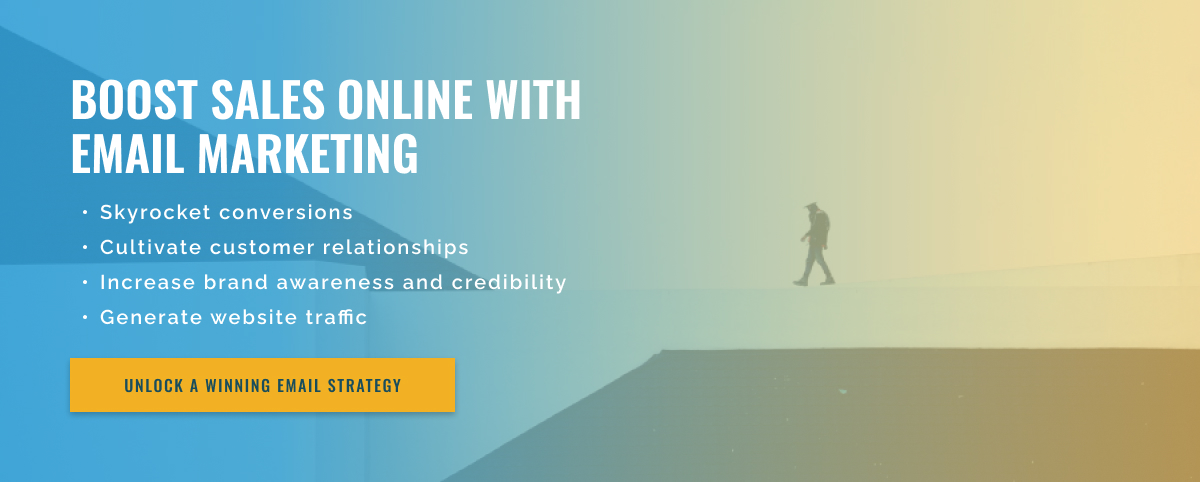3.5 minute read
Maximizing Email Success: The Power of Storytelling
In today’s rapidly changing digital world, email marketing has become an essential tool for businesses to reach their target audience. However, with the increasing noise and competition in the email world, it has become a challenge for businesses to make their emails stand out and engage readers. This is where the power of storytelling comes into play.
Storytelling has been a part of human communication for centuries and is a powerful tool that can evoke emotion, capture attention, and have a lasting impact on the minds of audiences. Incorporating storytelling into your email marketing campaigns allows companies to connect with their audiences on a deeper level and build meaningful relationships with them. Here are some tips on how to integrate storytelling into your email campaigns:
1. Know your audience: Before you start crafting your email, it’s essential to understand your audience and their needs. Each target group is unique and their interests and preferences may vary. By knowing your audience and their pain points, you can create a story that resonates with them.
2. Use a recognizable main character: Every story has a main character who takes readers on a journey. Similarly, in an email campaign, you can use a recognizable key player (a customer or someone on your team) to share their experience or journey with your product or service. This makes the story more personal and recognizable to readers.
3. Keep it concise and engaging: In the fast-paced world of email, readers have limited attention span. That’s why it’s important to keep your stories concise and engaging. Use eye-catching topics, clear and concise language, and a visually appealing layout to keep readers engaged.
4. Create a visual story: People are visual creatures, so including images, videos, and infographics in your emails can make your stories more effective. These elements can help bring your story to life and create a visual narrative that resonates with readers.
5. End with a call to action: Every story has a purpose, and in email marketing, it is to encourage readers to take action. Be sure to end your story with a clear call to action that directs readers to your website, landing page, or specific product or service.
Incorporating storytelling into your email campaigns can help you stand out from the competition, build an emotional connection with your audience, and increase engagement and conversions. So don’t be afraid to get creative and harness the power of storytelling in your next email campaign.

